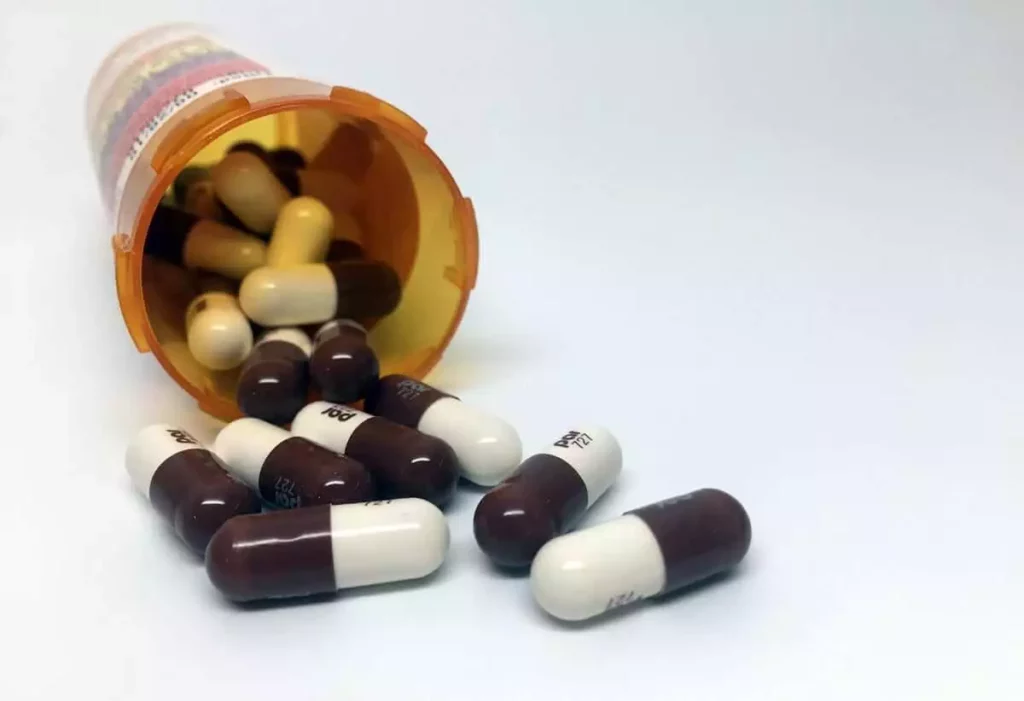Antibiotics have been a cornerstone of healthcare, saving countless lives from bacterial infections. However, a growing menace threatens to undo decades of progress: antibiotic resistance. This global issue poses a significant threat to public health, rendering many antibiotics ineffective and making once-treatable infections potentially lethal. In this article, we will talk about the dangers of antibiotic resistance, its causes, and what we can do to combat this looming crisis.

Content
The Rise of Antibiotic Resistance
Antibiotic resistance occurs when bacteria adapt and evolve to withstand the effects of antibiotics, rendering them ineffective. This adaptation is a natural process, but human activities have accelerated it dramatically. Misuse and overuse of antibiotics in both human and animal healthcare, as well as in agriculture, have contributed to this alarming trend. The widespread availability of antibiotics without proper prescription and the incomplete course of treatment are common factors driving resistance.
Consequences of Antibiotic Resistance
- Limited Treatment Options: As more bacteria become resistant to antibiotics, the number of effective treatment options dwindles. This means that infections once easily treatable may now require more potent, expensive, or even experimental drugs.
- Prolonged Illness and Increased Mortality: Patients with antibiotic-resistant infections often face longer hospital stays, more complicated treatments, and higher mortality rates. What were once routine infections can now become life-threatening.
- Increased Healthcare Costs: Treating antibiotic-resistant infections is not only more challenging but also more expensive. Extended hospital stays, the need for specialized care, and the cost of alternative treatments all contribute to the economic burden.
- Spread of Infections: Resistant bacteria can quickly spread within healthcare settings, communities, and even across borders. This makes controlling outbreaks and preventing epidemics more challenging.
- Compromised Medical Procedures: Surgeries, chemotherapy, and organ transplants, which rely on the ability to prevent and treat infections, become riskier when effective antibiotics are scarce.
- Impact on Agriculture and Food Safety: Antibiotics are widely used in agriculture to promote growth and prevent disease in animals. This practice contributes to the development of resistant strains, which can then be transmitted to humans through the food chain.
Fighting Back Against Antibiotic Resistance
- Responsible Antibiotic Use: It is crucial to use antibiotics only when prescribed by a healthcare professional and to complete the full course of treatment. Never share or save antibiotics for future use.
- Promoting Hygiene and Infection Control: Proper hand hygiene, sanitation, and infection control measures can help prevent the spread of resistant bacteria.
- Vaccination: Vaccines are a critical tool in preventing infections, reducing the need for antibiotics in the first place.
- Research and Development of New Antibiotics: Continued investment in research and development is essential to discover new antibiotics and alternative treatments.
Conclusion
The dangers of antibiotic resistance are clear and present. We must take collective action to combat this global threat. Our best weapons in this battle are responsible antibiotic use, improved infection control, vaccination, and continued research. In seeking affordable and trusted medications, accredited pharmacies like borderfreesupply.com play a vital role in ensuring that patients receive the proper treatment while minimizing the risk of antibiotic resistance.

Kylie Davidson is a health blogger and the founder of her own blog about fitness. She has been blogging for three years now and loves to share what she learns with others. Kylie enjoys reading, cooking, and staying active outdoors.












